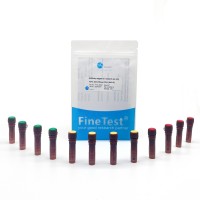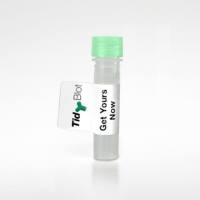Studying Interactions Between Chloroplast Proteins in Intact Plant Cells Using Bimolecular Fluorescence Complementation and Frster Resonance Energy Tr
互联网
互联网
相关产品推荐

Recombinant-Drosophila-melanogaster-CAAX-prenyl-protease-2SrasCAAX prenyl protease 2 EC= 3.4.22.- Alternative name(s): Farnesylated proteins-converting enzyme 2; FACE-2 Prenyl protein-specific endoprotease 2 Protein severas
¥11466

TFRC/TFRC蛋白Recombinant Human Transferrin receptor protein 1 (TFRC) (Active)重组蛋白Transferrin receptor protein 1; TR; TfR; TfR1; Trfr; T9; p90蛋白
¥1248

Recombinant-Arabidopsis-thaliana-Putative-glucuronosyltransferase-PGSIP8PGSIP8Putative glucuronosyltransferase PGSIP8 EC= 2.4.1.- Alternative name(s): Glycogenin-like protein 8 Plant glycogenin-like starch initiation protein 8
¥13202

PE-Cy7 Anti-Mouse CD49b(pan-NK cells) Antibody(DX5)
¥980

Mouse anti Human FSH Intact,clone INN-hFSH-117
询价
相关问答

